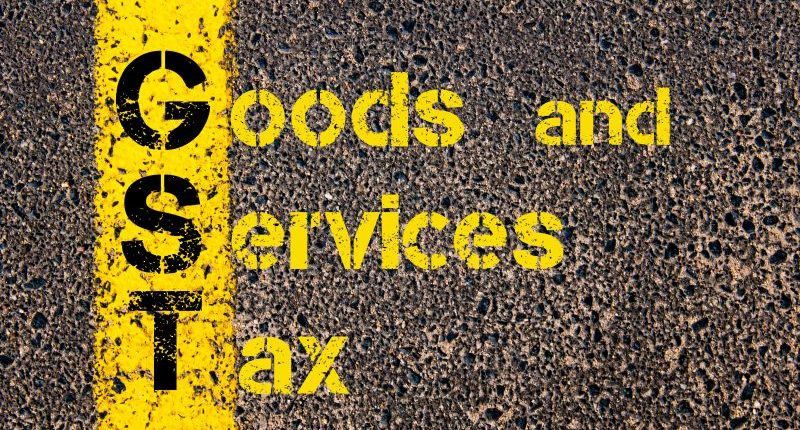The government is devising a system that will soon provide real-time reports to GST officers about those vehicles moving without e-way bills. It helps intercept trucks stuck at toll booths and also monitor GST evasion. It is called the ‘Real-time and Analysis Reports on RFID’ report to assist GST officers in catching tax evaders who misuse the e-way bill system. Even with the e-invoicing system introduced for large taxpayers, the e-way bill must be generated and cannot get substituted with an e-invoice.
Tax officers will also receive analytical reports to identify e-way bills creation without any movement of goods. It will aid officials in detecting cases of circular trading. It would also include information on the recycling of e-way bills for tax evasion-prone goods. It will assist officers in recognising tax evaders. Circular trading refers to a fraudulent activity where a GST registered person issues invoices without actual movement of goods. The intention is to pass on the illicit input tax credit along the supply chain.
e-Way bills are compulsory for inter-state transportation of goods valued over Rs.50,000 under the Goods and Services Tax (GST) law from April 2018. Gold, on the other hand, is excluded. Suppliers and transporters who use the e-way bill system must produce it if asked by a GST inspector at the check posts across India.
The government mentioned in a report titled “e-Way Bill – A Three-Year Journey” that about 180 crore e-way bills were generated in three years until March 2021. Tax officials picked up just 7 crore e-way bills for verification.
61.68 crore e-way bills were produced in the FY 2020-21, which ended in March 2021, of which 2.27 crore were picked up for verification. In the FY 2019-20, which ended in March 2020, 62.88 crore e-way bills were produced, with 3.01 crore being picked up by tax officers for verification. Gujarat, Maharashtra, Haryana, Tamil Nadu, and Karnataka were the top five states that produced most of the e-way bills for transporting inter-state goods.
Textiles, electrical machinery, machinery and mechanical equipment, iron and steel, and automobiles are the top five industries that have produced the highest number of e-way bills in the last three years.
The government has integrated RFID/FASTag with the e-way bill system as of 1st January 2021. Every transporter must have an RFID tag in his vehicle, with details of the e-way bill created for goods being transported by the vehicle being uploaded into the RFID. When a vehicle passes through an RFID Tag reader on a highway, the information entered into the system is posted to the government’s website.
Revenue officials then use the details to verify the supplies made by a GST-registered taxpayer. The government has begun blocking the generation of e-way bills if a GST registered taxpayer has not filed a GSTR-3B return for two months in a row. The move helps in boosting tax compliance in India.
The government has also made it impossible to generate more than one e-way bill on a single invoice. Suppose an e-way bill is generated once with an invoice number or document number. In that case, no one else can create another e-way bill with the same invoice number. It is similar to the e-invoicing system.
Furthermore, the e-way bill’s method now allows for distance calculation based on PIN codes. Based on PIN codes, the device can automatically determine the distance between the source and destination. The government will have a real-time report on vehicle movement for selected e-way bills in the coming future. It will aid officers in understanding the vehicle’s trail of movement.
Officers will also have access to a real-time database on vehicles travelling without e-way bills for a specific toll booth, allowing them to intercept only those that do not have e-way bills.
Further, the e-invoicing system has led to integration between the e-way bill and the e-invoicing system. Therefore, the notified taxpayers must be cautious of data inputs into the e-invoicing system as the e-way bills get auto-generated at the taxpayer’s option. Going forward, the e-invoicing system might be extended to most businesses, including small taxpayers as well. Hence, it is crucial to configure existing ERP systems to align with the format of e-invoice while also keeping the relevant fields necessary for e-way bills for smooth operations.
For any clarifications/feedback on the topic, please contact the writer at annapoorna.m@cleartax.in
Annapoorna, popularly known as Anna, is an aspiring Chartered Accountant with a flair for GST. She spends most of her day Singing hymns to the tune of jee-es-tee! Well, not most of her day, just now and then.




